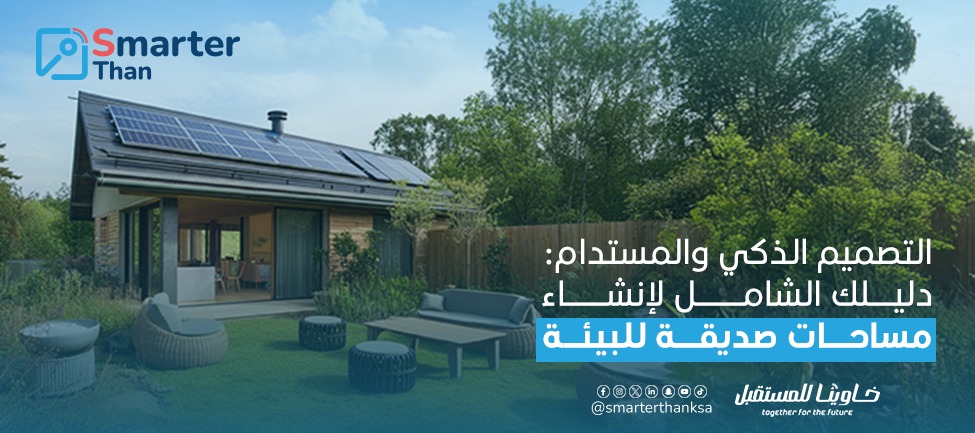

Smart and Sustainable Design: Your Comprehensive Guide to Creating Eco-Friendly Spaces
What is Smart and Sustainable Design?
Smart and sustainable design is a design approach that focuses on creating built environments that meet the current needs of users without negatively impacting future generations. This is achieved by integrating technology and sustainable materials into the design process to reduce environmental impact and enhance quality of life.
Key Elements of Smart and Sustainable Design
- Use of Smart Technology:
– Smart systems for lighting control, heating, cooling, and appliances help reduce energy consumption and improve efficiency.
– Sensor technologies and artificial intelligence to identify user needs and automatically adjust the surrounding environment.
- Sustainable Materials:
– Use of eco-friendly building materials such as recycled woods and green concrete to reduce carbon emissions.
– Promote the use of biodegradable and recyclable materials to reduce waste.
- Low-Energy Building Design:
– Adopt strategies based on natural lighting and ventilation to reduce reliance on artificial energy.
– Installation of solar panels and renewable energy systems to generate electricity and reduce dependence on the grid.
- Water Management:
– Design systems for collecting and storing rainwater for use in garden irrigation and non-potable purposes.
– Use devices and equipment that consume less water to improve water resource efficiency.
Smart and sustainable design offers numerous benefits that contribute to improving the quality of life for society, some of these benefits include:
Environmental Benefits:
– Resource Conservation: Using sustainable materials and low-energy design strategies helps reduce the consumption of natural resources such as energy and water.
– Environmental Protection: Smart and sustainable design reduces harmful emissions and environmental pollution, contributing to environmental protection and conservation.
– Waste Reduction: By using recyclable materials and efficiently managing resources, smart and sustainable design reduces the amount of waste produced.
Economic Benefits:
– Cost Savings: By using energy and resource saving technology, smart and sustainable building design can reduce long-term operating and maintenance costs.
– Increased Property Value: Sustainable buildings are attractive to investors and tenants, increasing their property value and leading to higher financial returns.
– Encouraging Innovation: Smart and sustainable design encourages the use of new technologies and materials, promoting innovation and supporting sustainable development.
Social Benefits:
– Improved Quality of Life: Smart and sustainable buildings provide a healthy and comfortable environment for residents, promoting well-being and comfort.
– Health Promotion: Smart and sustainable design helps reduce indoor pollution factors and improves air and water quality within buildings, enhancing health and reducing the risk of diseases.
– Promoting Sustainable Communities: Smart and sustainable design contributes to building sustainable communities by raising awareness about the importance of environmental protection and resource conservation.